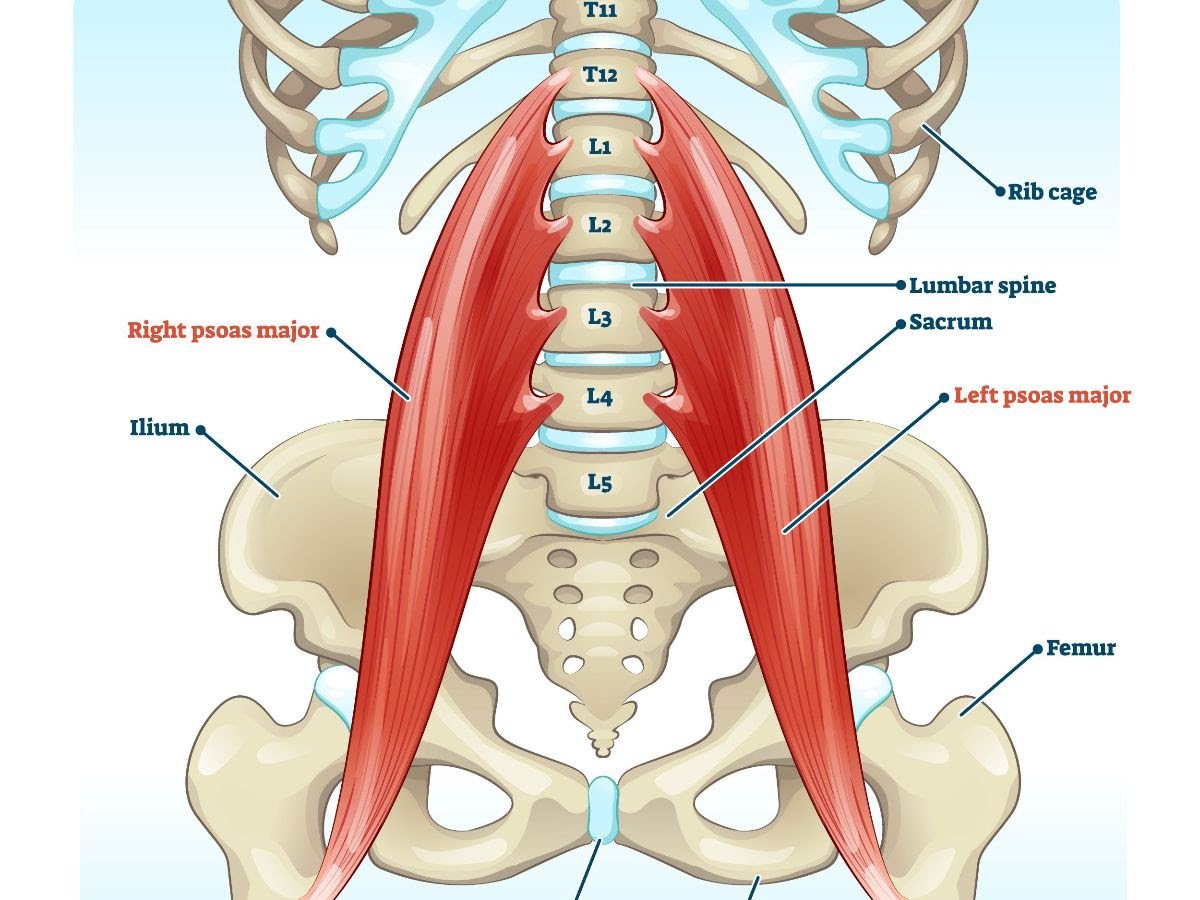Don't Go Weak At The Knees
Preventing Knee Pain
After back and neck pain, knee pain is the most common problem we see in the clinic. The knee is an amazing hinge joint. The knee connects the femur (thigh bone) to the tibia (one of the shin bones). The joint is quite complicated and there are a number of structures that can be injured.
The Cartilage: The joint surfaces are covered in a delicate cartilage. If the cartilage becomes damaged you will get knee pain and stiffness and there may well be grinding or clicking.
The meniscus: This acts as shock absorber but can tear or become damaged. This leads to knee pain and swelling, popping and giving way.
Ligaments: These support the joint. Ligament damage is often the result of a sporting injury. If you have ligament damage, as well as pain and swelling you will notice instability of the joint.
The Bursae: These are small fluid filled sacs around the knee that reduce friction where a tendon goes over a bone. They can become inflamed and painful. For example Housemaid's knee.
We all love treating knees in the clinic. It's our job to work out which of the structures you have injured. However, we would much rather help you prevent a knee injury. See our tips below and to help you we are running 4 FREE classes in March.
5 tips to prevent knee pain
Loose weight. Being overweight is a significant factor in the progression and development of arthritis.
Wear supportive shoes. The right shoes will lead to proper leg alignment and balance
Keep leg, hip and core muscles strong. Strong muscles help to protect your joints.
Gently stretch the muscles around the knee. Stretching helps to promote flexibility and joint mobility.
Book one of our FREE knee classes!
If you feel you've overdone it and want to discuss a niggle or a twinge, call us on 01747 851455. Or email me at hello@shaftesburychiropractic.co.uk
All the best,
The team at Shaftesbury Chiropractic






